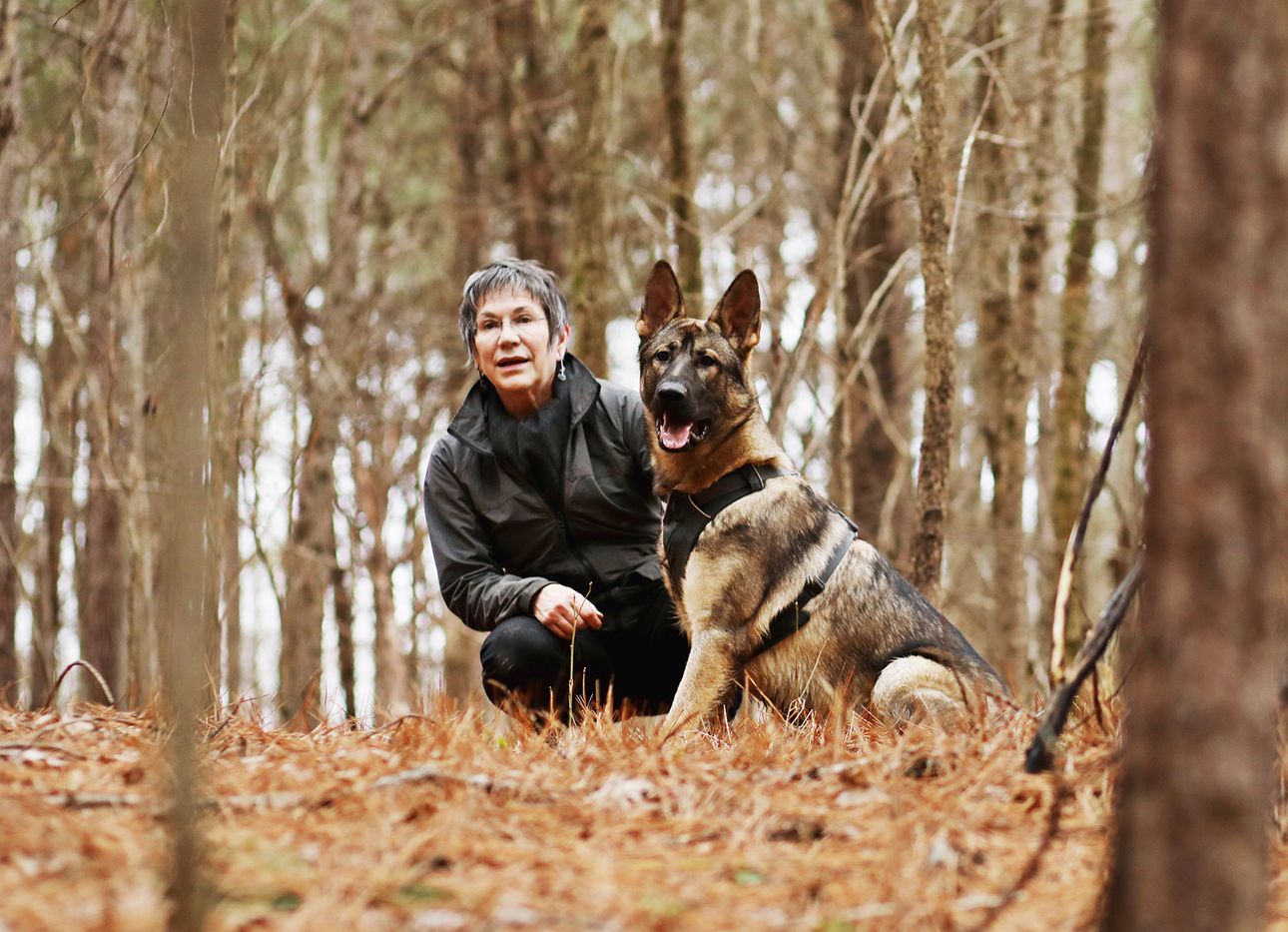
Dog-Lover Cat Warren Explores the Remarkable Power of a Canine’s Snout
Anyone who’s ever owned a dog (or been owned by one) knows that scent is paramount to how canines experience the world. But for Cat Warren, a science journalism professor at North Carolina State University, this observation became something of an obsession. She interviewed countless cognitive psychologists, medical examiners, epidemiologists, and forensic anthropologists, plus dog breeders, trainers, and handlers, to learn more about the subject, and wrote two books on her findings—What the Dog Knows: Scent, Science, and the Amazing Ways Dogs Perceive the World, followed by an edition that translates her research for younger readers, newly out in paperback—that detail the remarkable, often life-saving power of a hound’s snout.
“We humans are highly practical and slightly lazy, and use dogs for scent-detection work because they co-evolved with us,” says Warren, nothing that man’s best friend has many millions more olfactory receptor cells, and a significantly bigger part of the brain devoted to smelling, than humans. “And a dog can smell in stereo,” she continues. “Each nostril can operate independently, which helps trained scent-detection dogs locate the source of the smell much more quickly—whether it’s the smell of whale scat floating on the water a mile away, or the faint odor of a buried land mine.” It’s no wonder canines frequently become heroes, like the German Shepherd police dog, Trakr, who located the last 9/11 survivor in the rubble of the World Trade Center, or the pooches that find drowning victims more than 200 feet under the sea. “Dogs can help make the invisible visible,” Warren says. “We need to watch them closely, know they can help translate the complex language of scent for us, and feel gratitude that they are so willing to work with us sometimes clueless humans.”